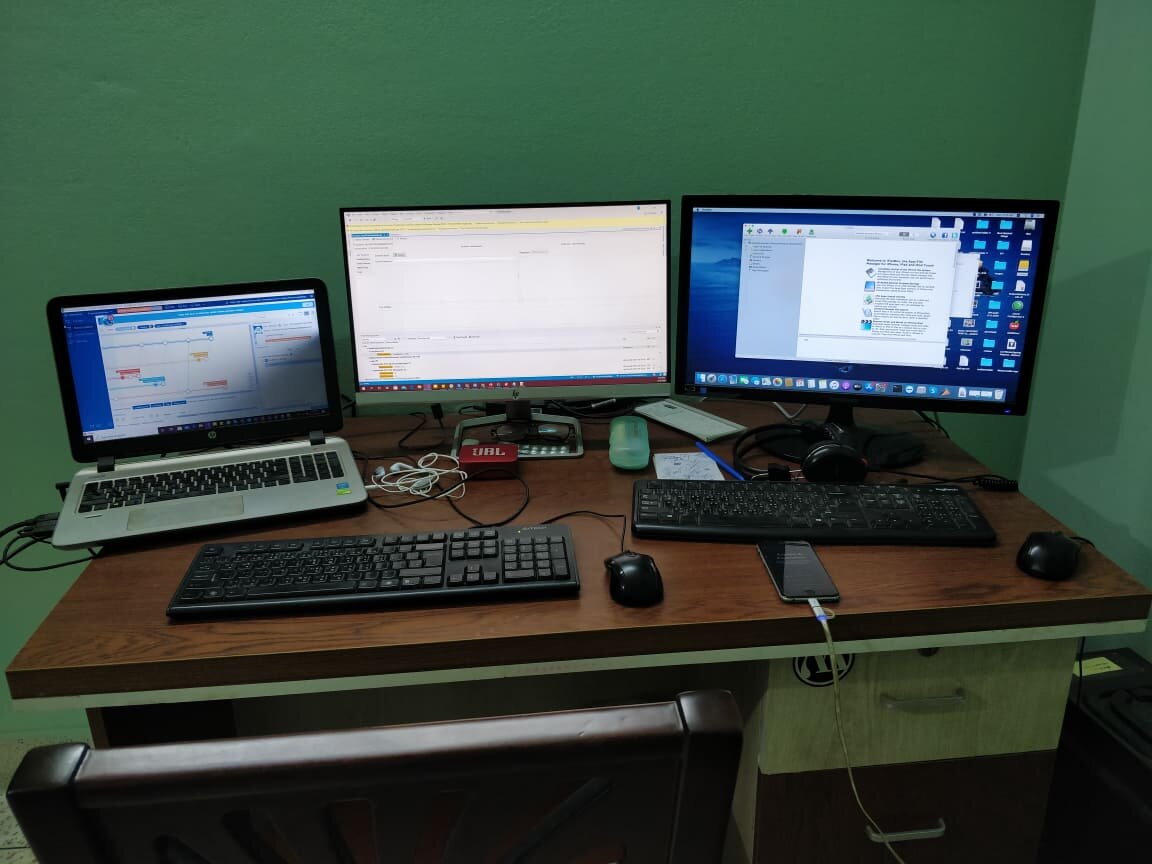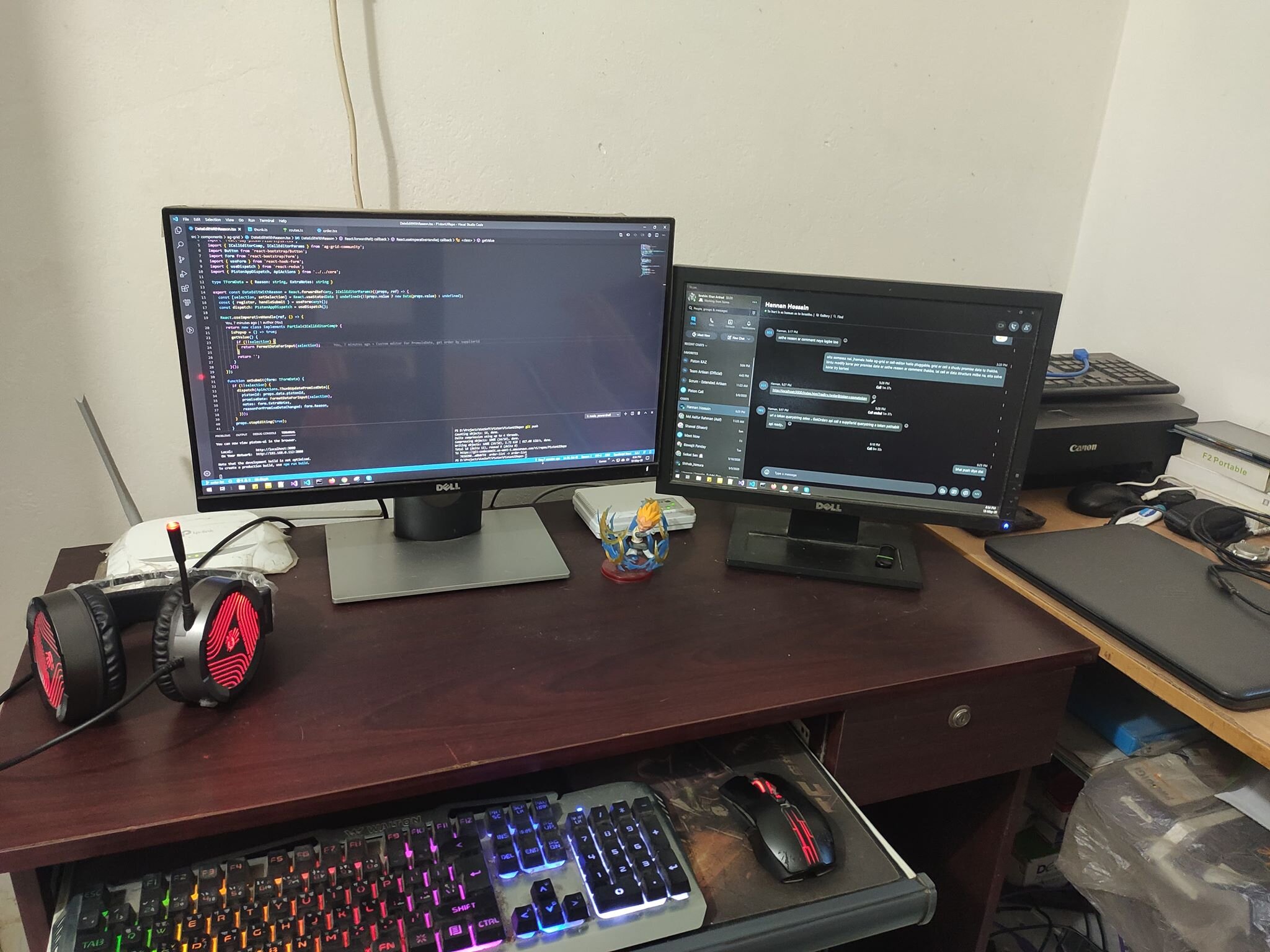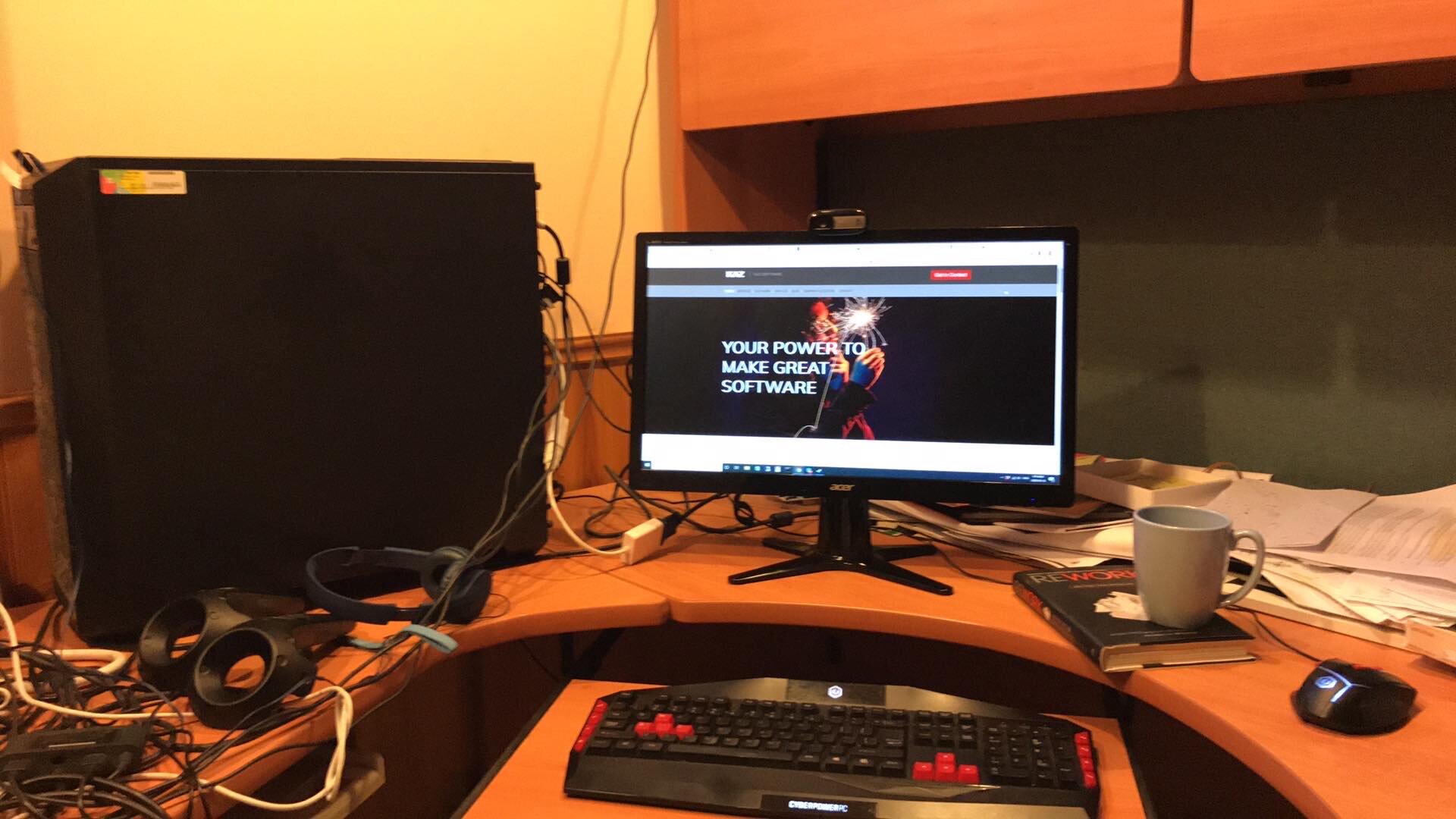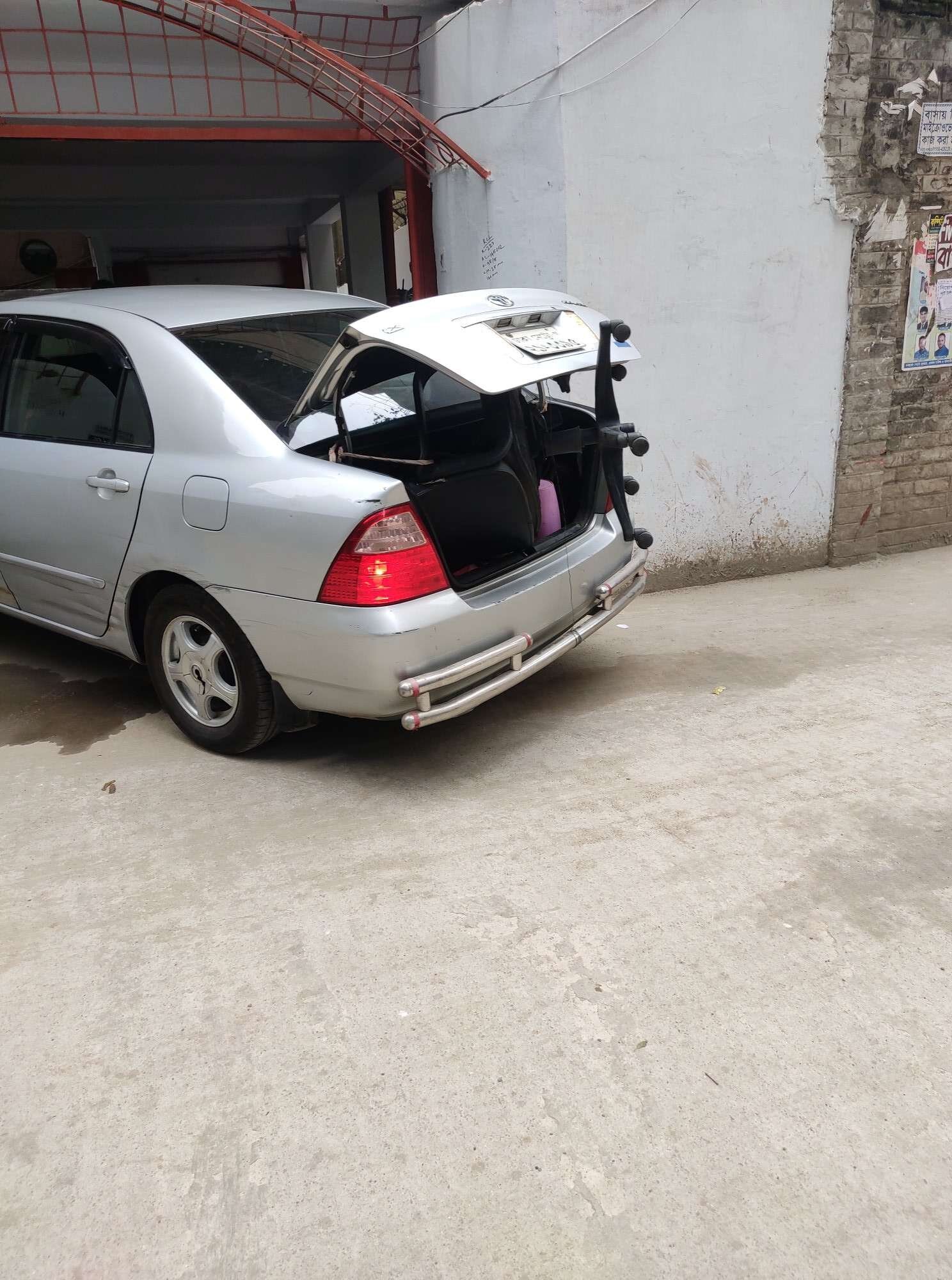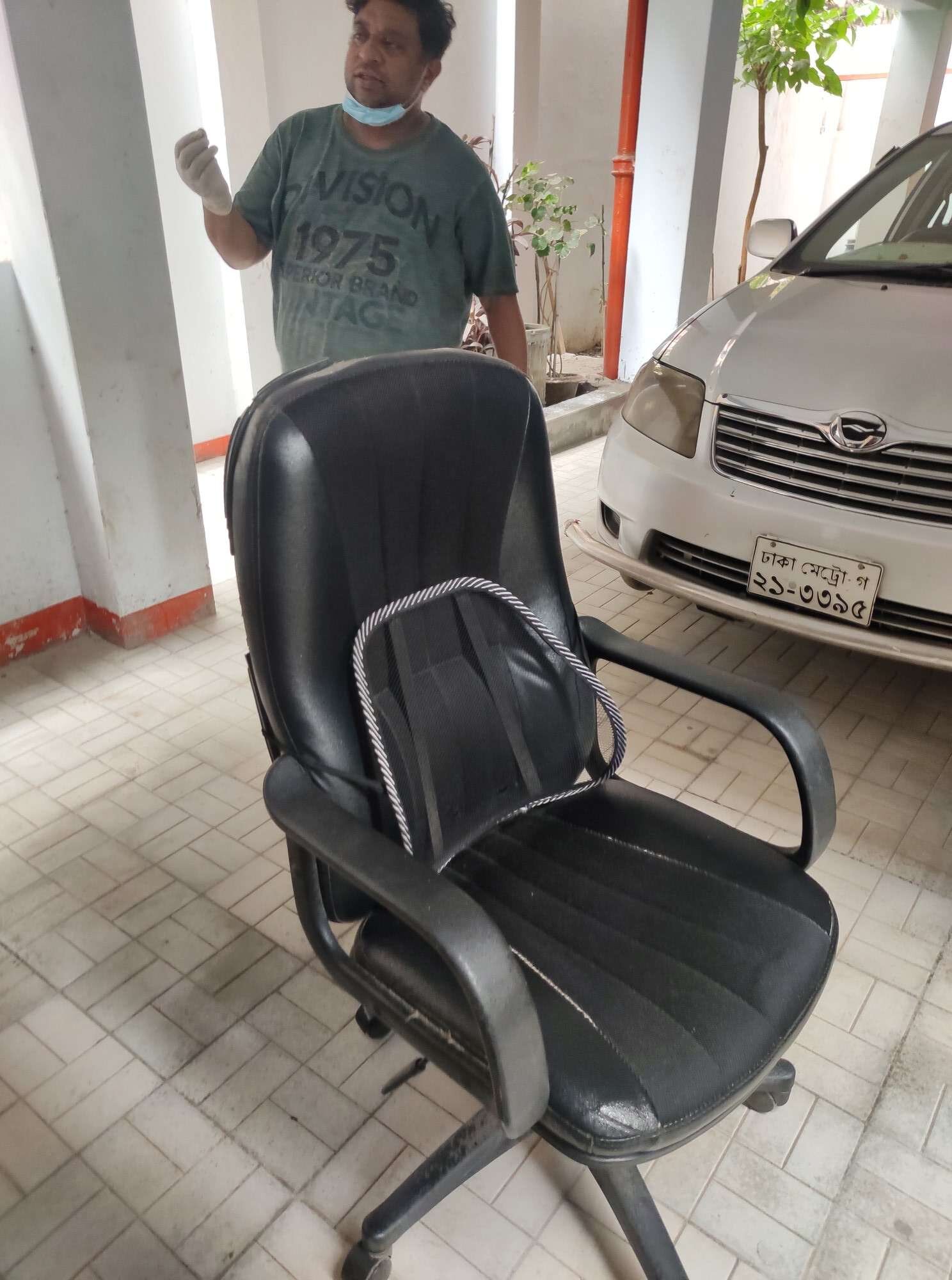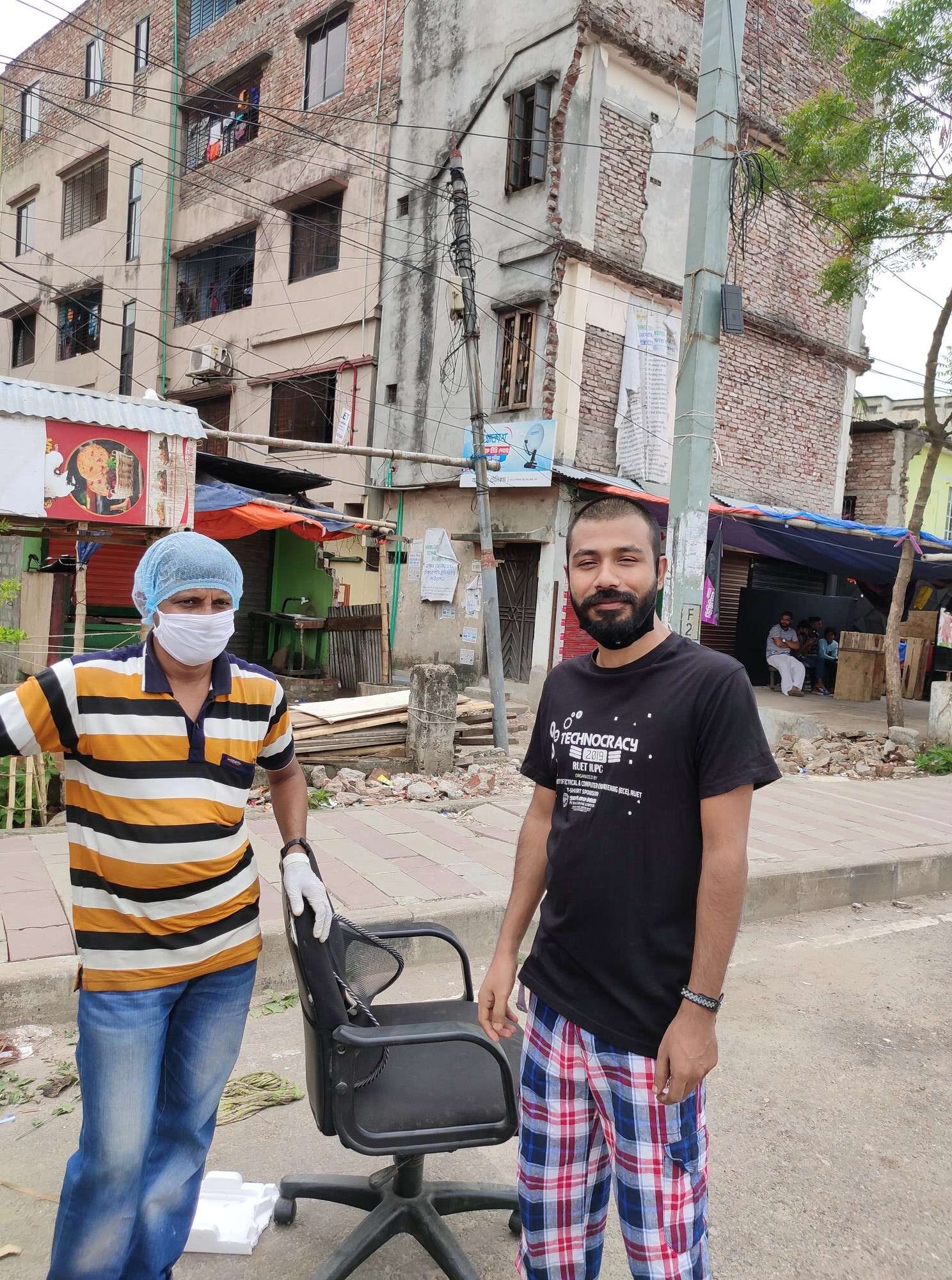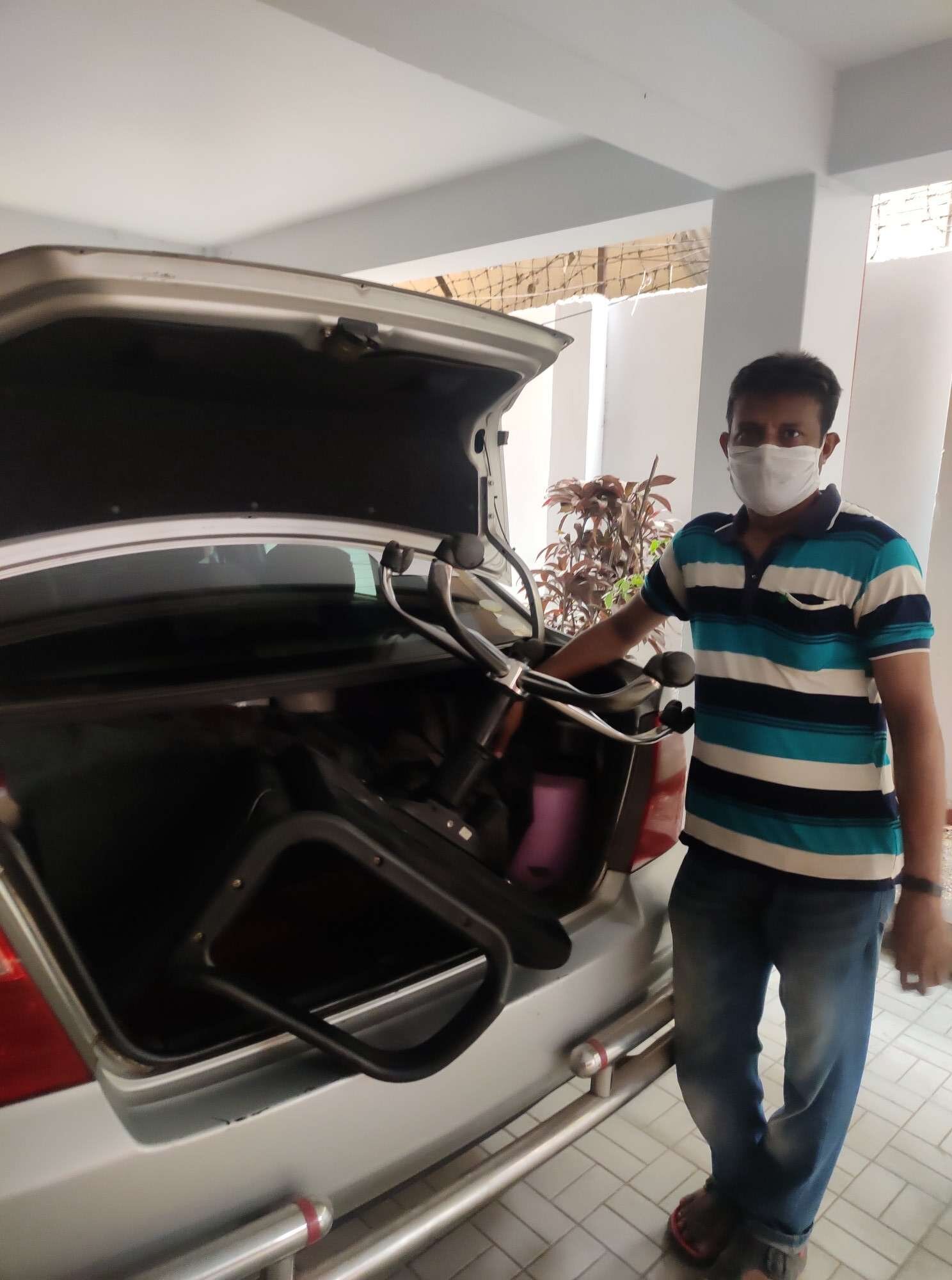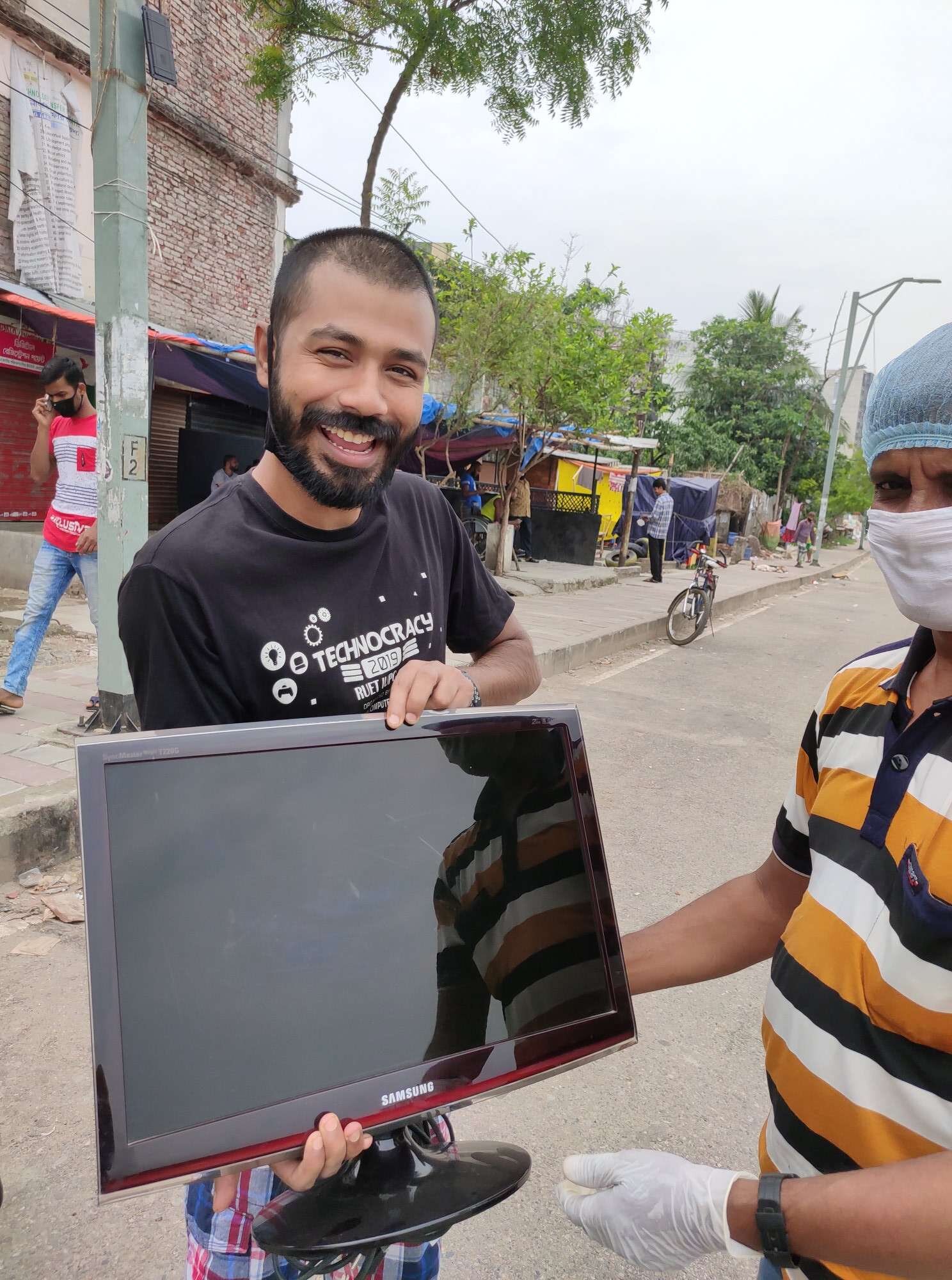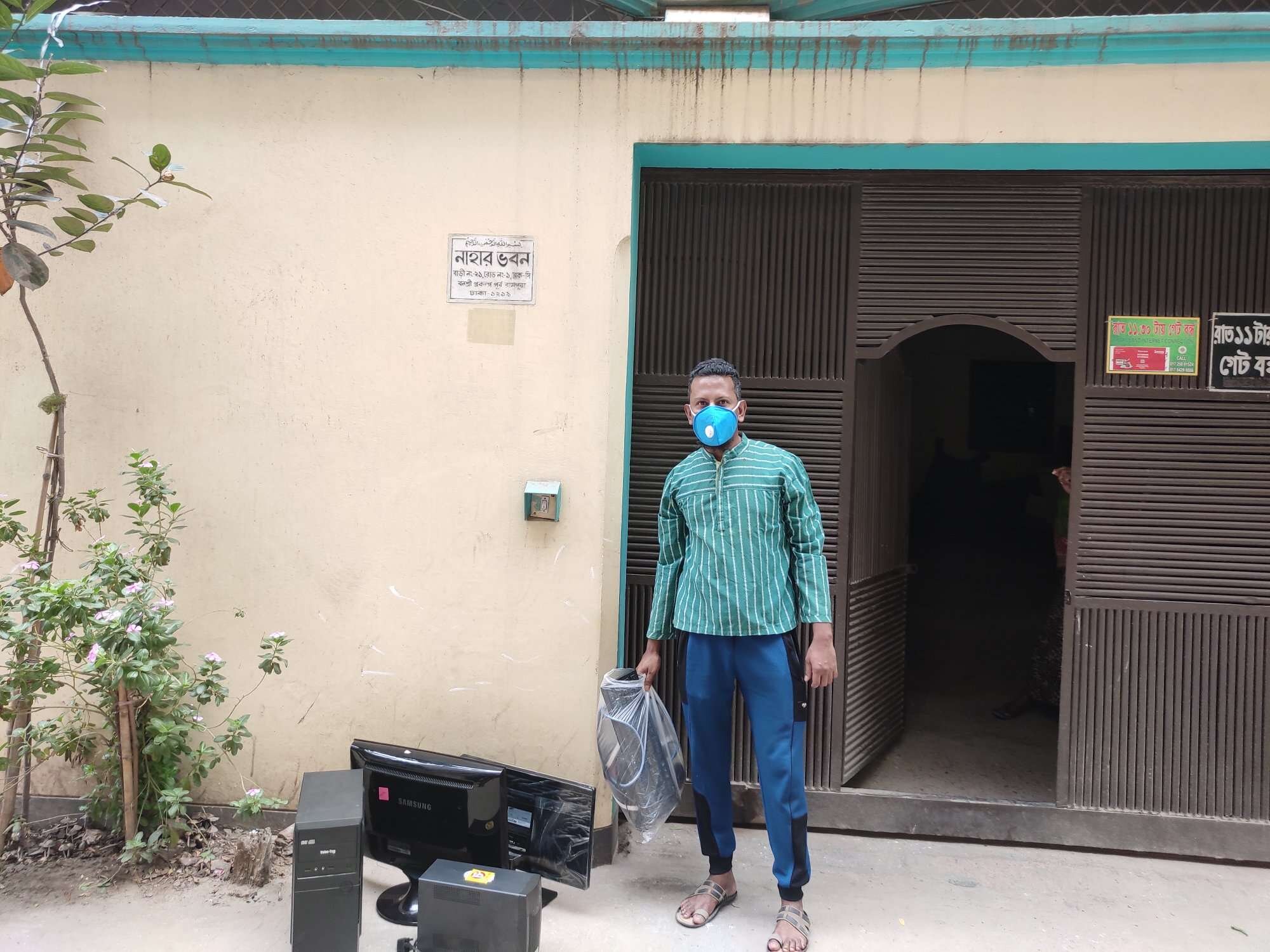At the heart of passion is love, this is as true for work as it is for our personal lives. Realizing this fact is key to keep people in your team passionate, engaged and happy.
So, how do you create love for the work? Not an easy question, but you begin to find answers when you realize that we instinctively love our own. It’s an evolutionary trait that has kept our species going. When you get people to see your vision, then make it their own by creating parts of that vision, you latch on to that evolutionary trait and create love (yes, even for that measly project management tool of yours!). And love leads to passion. When you hire people you look for passion for their everyday tasks, their craft and then it is your job to inspire them to be passionate about your product. This is how you do it.
Create a clear vision
The trick to great visions (aka mission statements, aka motto, etc.) is that they are honest. It should ring true. People are smart and if you come up with a vision that sounds phony then you’ll go nowhere with them. My favorite quote for this comes from Michale Hyatt
Leadership is more than influence. It is about reminding people of what it is we are trying to build—and why it matters. It is about painting a picture of a better future. It comes down to pointing the way and saying, “C’mon. We can do this!”
Show and sell everyone your vision
You have a vision, a plan, and a destination to go. It is only in your head. It is not something that’s tangible. It is your job to show people your vision. Convince them. Inspire them. Make it their own vision. In the game of business your view of things is significantly different from someone you are hiring. Fact of life: you are driven by your desire to get things done so that your rewards come to you. You are motivated primarily by pursuing your ideas, your vision and your version of reality. Your rewards are not only the significantly higher monetary benefits (which matters a lot of course) but your psychological need to achieve the success that everyone expects from you. You are already sold to the idea, that’s why you are there. But this is completely different from someone you are hiring. She hasn’t seen your vision yet, she is not sold on the idea that this is almost like the cure for cancer.
The only way to sell your vision is by repetition. Create two versions of the vision, a long one and very short one. The long one you use during speeches and when you elaborate and explain. Use the short one as a mnemonic to remind everyone, every day. Have the short one show up everywhere, on your website, on the walls of the office, on your business card, everywhere. At Kaz our short version vision is super simple: we are the power to make great software. The long version includes our goals of making software development fun and creative and about creating a workplace where we are excited to go every morning.
At the end it doesn’t matter how many times you repeat your goals, unless you really believe it and use it as the principle for everything you do. There’s a great little section about mission statements in that wonderful rebel of a book - Rework by the founders of 37Signals:
Standing for something isn’t just about writing it down. It’s about believing it and living it.
Make it everyone’s vision by participation
Communicating and selling your vision to your team is great but it is still yours. Your job is to make it everyone’s vision. The only way that this will be possible is to ask everyone to participate. When you’ve done your job well in spreading your ideas and goals by repetition you’ll start seeing people who are aligning with your ideas. You will also see people who don’t fully agree or have their own versions of a similar vision. The only way forward is to bring all the ideas together. Adapt your ideas to the new thoughts – include them in the longer version of the vision. As long as overarching vision is not altered there is no reason not to. More ideas bring more honesty into your goals. And in the process of this adaptation what was purely yours becomes everyone’s. Remember – people love their own.
Let everyone define the work scope
As part of creating ownership you have to make sure that the work items, scopes, plans and even the roles for doing those work comes from the team. There should be an overall feeling that we are doing this together rather than this is something we are told to do. This is actually a very easy action item. It saves you from being the big genius who has to come up with everything. You are essentially asking your team to help you structure the work. The moment your team creates its own tasks and work structure they will automatically own it. And by that formula they will love it because it’s their own. Well, it isn’t always like that – what is more likely to happen is that there will be mistakes in the that structuring, there will be disagreements and compromises. But if you expect them, make sure there is scope to change things as the team progresses and realizes what works and what doesn’t work, it will always work out.
Assign roles based on interest and ideas
Once the work structure is in place people need to pick up their tasks. It is extremely important that resources pick up the work they find most interesting. This is what will lead them to engage more with the work and love it. In most work scenarios you’ll find that people are capable of working happily in many areas of the project. But that is not what you are looking for – plain old capability. What you want is love and you get it only in drilling down and finding the right match. A classic example in the software world are full stack developers who can work on pretty much any part of the software development. But every full stack developer I’ve met had a special interest about a particular section of the application. They would have worked effectively in any section but only in that special section will they put in their best effort. And it is not just the best effort that you get out of this, by enabling them to work on areas they love you are bringing in the passion that will get you work outputs that are far beyond the sum of their individual parts.
Keep work goals human sized and own-able
Most giants are not lovable. And most products are giants. They are too big for a single person or a small group to own and identify with. The work needs to be broken down to sizes that individuals or small teams can take over. This way of breaking down a complex work into smaller individual ownership means that the full ownership of work can happen.
Let the team members be the owners of the tasks they do. Which means you create a process where work items and outputs can fully be taken over by a person or a group of people. They define how they get the job done and what they do to deliver the output. The alternative to this would be some kind of central ownership, levels of management where what an individual group does and how they do it is defined by someone outside that group and that is the beginning of the disconnect from the work at hand. In the software world this is actually quite easy, you can always break down that big product of yours to a module that manages data, another which displays the data, etc. But I would argue this model of breakdown is possible in any industry if you are willing to think along those lines. A related theme in this thinking is the concept of keeping the company small even though there are commercial pressure and possibility to be big. Many of the rationales for that theme works for this action item of keeping work structures small, human sized and creating ownership. A classic in this genre is Small Giants: Companies That Choose to Be Great Instead of Big by Bo Burlingham.
Create opportunities to show off work
It’s important, for human psychology, to show off the output of you passion. It makes us proud, it rationalizes the seemingly irrational passion have for what we do. It creates pride – one of the biggest signs of a hearty company.
Create as many opportunities you can to show off work. These could be in meetings with the management, a little internal seminar to showcase features, a page in the intranet for the group, posts in the blog. Make one off events to show off major successes. These act both as an opportunity to show off and also as closure for the teams.
Celebrate Victories
Celebrating major wins and deliveries signals the team the importance of their work. This reinforces the feeling that what they are doing is valuable and so their love for their work is justified. In human relationships, love may not need external justification but for work it is essential. There is a constant need for encouragement and reinforcement for a team to feel that they are doing the right thing. Celebrating major deliveries is a big encouragement. The celebrations don’t need to be anything big, a surprise pizza or a team dinner treat might be just perfect. At Kaz we have small celebrations like pizzas for a big bug fix along with bigger ones like small break at the beach for a big launch.
Use we and us and never you and them
With all the talk of smaller teams and individual ownership there is a chance of creating a feeling of little islands within a product team. So you as the leader need to make sure that doesn’t get out of control. At the end the teams or individuals need to feel that together they are achieving their goal. That they all have a common love. The most important way this feeling of commonality spreads and stays is by the simple use of the pronouns everyone use in everyday conversation. You as the leader will need to monitor this and nudge it in the right direction. Always stay in the inclusive us, our and we and never you, their and them. If you hear you or them fix them right away, this cannot wait. If someone says “they created the bug” immediately repeat that sentence, with an inclusive pronoun, like “we have a bug we need to fix”. As you practice this you’ll find that it’s pretty easy, most of the time replacing the pronouns and slightly modifying the sentence so that it doesn’t sound that you are correcting someone directly works just fine.
Further Reading
Rework - Jason Fried & David Hansson (Founders of 37Signals)
Here’s a book that you should read anytime you feel like you are agreeing with everything you hear. A complete rebel that comes up with lines like “meetings are toxic”, “ignore the real world”. Read it now before you read anything else!
Small Giants: Companies That Choose to Be Great Instead of Big - Bo Burlingham
Interesting read about companies who stayed small intentionally. Some very interesting stories and thoughts.












